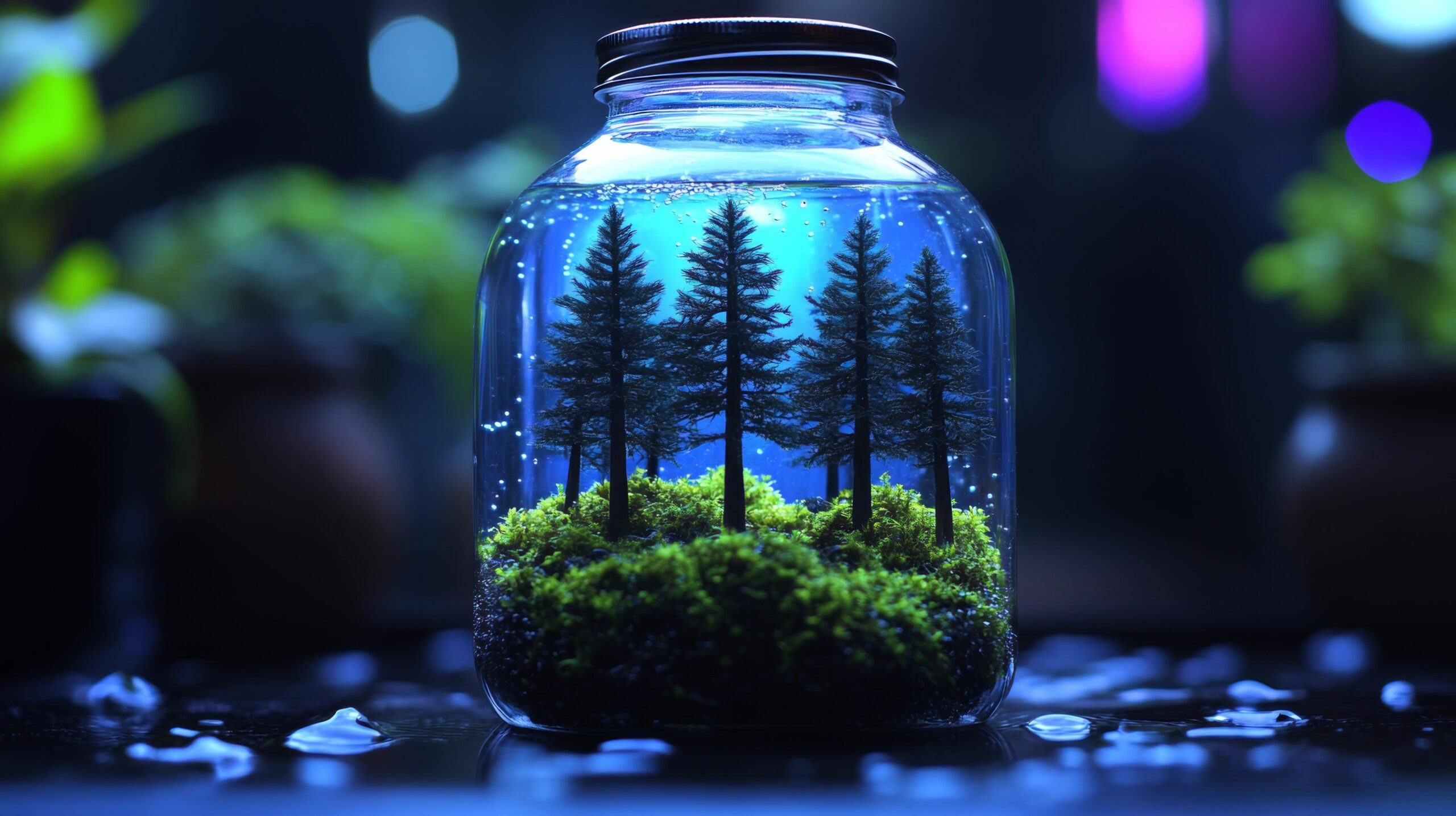There’s something kind of poetic about standing in front of a reef tank at 2 a.m. with one twin asleep on your shoulder and the other definitely not asleep in the nursery. You’re adjusting a flow pump or testing the water’s alkalinity, and for a moment, it all feels connected—this tiny, glowing ocean in a box, the tech I’m building in virtual environments, and the little humans I’m somehow responsible for raising.
It turns out, caring for coral, designing immersive VR ecosystems, and raising kids are all weirdly similar jobs. They all require constant calibration, patience, and an acceptance that you’re not really in control—just a very enthusiastic facilitator of balance.
Reef Tanks: Where Science Meets Vibes
I got into reef tanks during a particularly stressful product cycle. I needed something meditative—something that required attention but didn’t involve a screen. What I didn’t expect was just how much reef-keeping would teach me about systems thinking.
A healthy reef tank is a miracle of chemistry, timing, and cooperation. You can’t just throw in some coral, fish, and hope for the best. Every element—light, flow, nutrients, biological load—has to be dialed in just so. And even then, the ecosystem will change over time. A coral colony grows too fast and outcompetes another. A fish decides to redecorate the substrate. An innocent top-off of water throws the salinity out of whack.
Sound familiar, parents?
Parenting Twins: Chaos in Stereo
Having twins is like being handed two unsynced reef tanks with emotions and legs. Each child is their own world—same genetics, different operating systems. What works for one doesn’t necessarily work for the other. You have to tune in constantly, observe, make small adjustments, and sometimes just ride out a weird algae bloom (or tantrum).
I found myself applying reef-keeping instincts to parenting: don’t overreact to a blip, track long-term patterns, and respect the uniqueness of each being. Just like coral, kids need the right environment to thrive—not too much light, not too little challenge, and definitely not a constant stream of “fixes.” Sometimes, you just have to let things settle.
VR Simulations: Engineering Empathy
Then there’s my work in virtual reality, where I’ve been building interactive environmental simulations for the past few years. These digital worlds are a form of storytelling and system design. I love creating ecosystems where users can explore, experiment, and learn how their choices affect everything else. If you overfish one zone, another collapses. If you plant mangroves, coastal resilience improves. It’s all about cause and effect, balance and adaptation.
Working in VR taught me how to build in layers: visual beauty, functional systems, and emotional resonance. The same approach helped with both the reef and the twins. I started seeing every decision—whether it was installing a new wave maker, introducing a tang, or modifying our bedtime routine—as an invitation for harmony or chaos. The difference often came down to timing, observation, and intention.
Everything Is a Micro-Ecosystem
There’s something powerful about thinking in terms of ecosystems—whether you’re working with code, coral, or kids. They all require care without control, guidance without oversteering. And they’re all constantly evolving. The moment you think you’ve figured it out, the pH shifts. Or someone hits a growth spurt. Or a software update breaks everything.
I used to think in terms of outputs. Now I think in terms of resilience. Can this system recover from stress? Can it adapt? Does it have what it needs to thrive without constant intervention?
With reef tanks, I’ve learned to build redundancy and slowly scale changes. With twins, I’ve learned to create routines that are flexible but grounded. And with VR, I’ve learned how to make systems that encourage learning through failure—because failure, when it’s safe and contained, is where the most growth happens.
The Bigger Picture
All of this might sound like a stretched metaphor, but it’s how I’ve come to experience my life and work: not as compartments, but as overlapping habitats. The reef taught me to be a better parent. Parenting taught me to be a better designer. Design reminded me that play, exploration, and surprise are vital to every system, no matter how serious it might seem.
Whether I’m watching my kids problem-solve their way through sibling drama or watching a virtual mangrove recover from digital storm damage, I’m reminded that healthy systems aren’t flawless—they’re responsive. They bend. They bounce back. They evolve.
Nurture Over Control
If you’re juggling work, family, hobbies, or creative projects and wondering how it all fits together, maybe stop thinking like a juggler. Think like an ecosystem keeper. Your job isn’t to keep everything in the air—it’s to create an environment where all your systems can thrive in their own time.
For me, that’s meant accepting some algae blooms. Some late-night tank leaks. Some wildly unpredictable twin behavior. But it’s also meant deeper joy, stronger systems, and a much more interesting life.
Now if you’ll excuse me, the reef lights are dimming, the twins are finally asleep, and I’ve got just enough time to recalibrate the wave controller—and maybe my expectations—before tomorrow.
